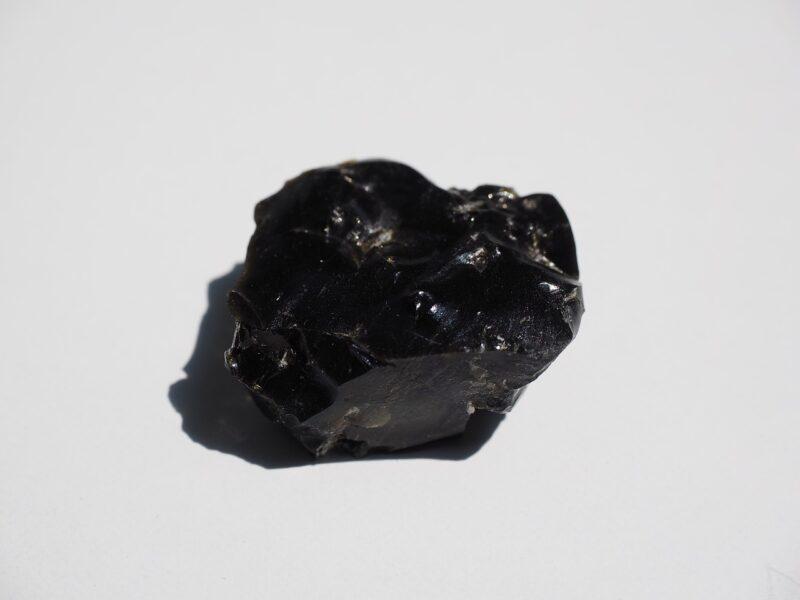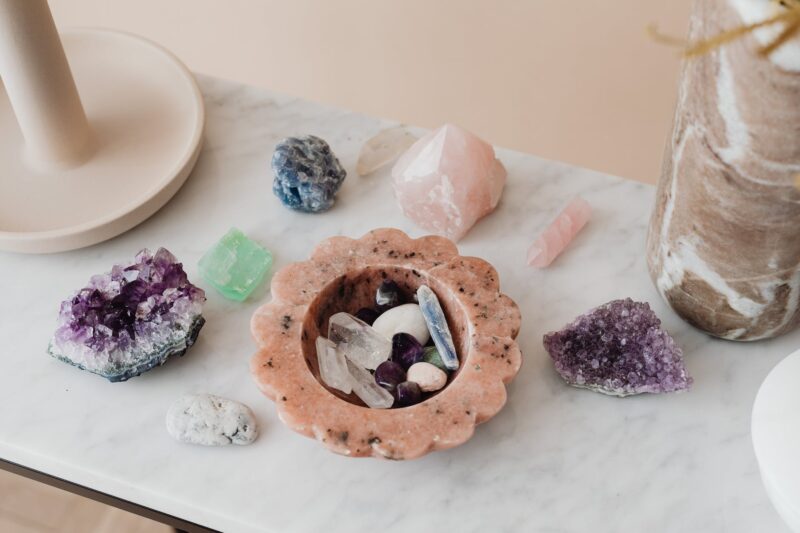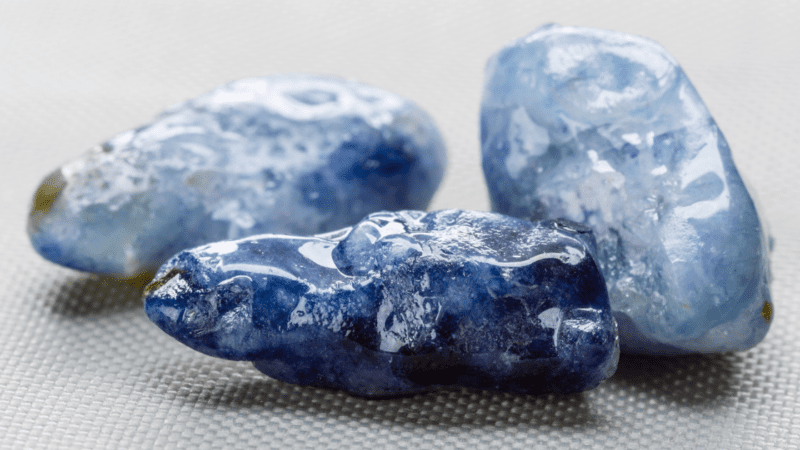“The World’s Rarest Gemstone”
Gemstones have been a symbol of wealth, beauty, and power for centuries. From diamonds to rubies, each gemstone has its own unique qualities, but few can compare to the rarity of Painite. Painite, discovered in the 1950s, is considered the world’s rarest gemstone, with only a handful of specimens known to exist. In this article, we will delve into the fascinating history and properties of painite.
History of Painite
Painite was first discovered in the 1950s in Myanmar, formerly known as Burma. British mineralogist Arthur Charles Davy Pain was the first to identify the stone, and it was named in his honor. The first samples of painite were originally believed to be rubies due to their similar color and transparency, but upon further examination, it was revealed that they were a completely new mineral species.
For decades, painite remained one of the rarest and least-known gemstones in the world. It wasn’t until the 21st century that additional specimens were discovered, and scientists were able to study their unique chemical composition and properties.
Physical Properties of Painite
Painite is a rare calcium, zirconium, and aluminum borate mineral. Its chemical formula is CaZrAl9O15(BO3), which is a complex arrangement of atoms that gives the stone its unique properties. The crystal structure of painite is hexagonal, and it has a hardness rating of 8.0 on the Mohs scale, making it quite durable.
Painite is usually a red or orange-red color, with some specimens also displaying shades of brown or purple. It has a high refractive index and dispersion, giving it a brilliant and fiery sparkle. Painite also exhibits pleochroism, which means that it displays different colors when viewed from different angles.
The rarity of painite is due to the fact that it only occurs in a few small deposits in Myanmar. The political climate of the nation and the lack of infrastructure in the area where the deposits are located make mining painite more challenging.
Value of Painite
Due to its rarity, painite is one of the most valuable gemstones in the world. In fact, it is estimated that only around 25 to 50 painite specimens exist in the world today. Painite is often sold at auction, and prices can reach up to $60,000 per carat.
Due to its distinctive qualities, collectors and gem enthusiasts highly prize painite in addition to its rarity. Painite’s vivid color, high refractive index, and dispersion make it a stunning addition to any jewelry collection. Its rarity and unique properties also make it a valuable investment, as its value is likely to continue to appreciate over time.
Uses of Painite
Due to its rarity, painite is not commonly used in jewelry. Most painite specimens are sold to collectors or displayed in museums. However, some jewelry designers have used painite to create one-of-a-kind pieces for their clients, showcasing their unique beauty.
Painite is also valued in the scientific community for its unique chemical composition and properties. It has been studied extensively by scientists who are interested in understanding the formation and properties of rare minerals.
Painite is one of the world’s rarest and most valuable gemstones. With its vivid color, high refractive index, and dispersion, painite is a stunning addition to any jewelry collection. However, due to its rarity and limited supply, painite is not commonly used in jewelry and is often sold at auction to collectors or displayed in museums. Despite its limited availability, painite continues to fascinate gem enthusiasts and scientists alike, making it a true treasure
BLOG IMAGE CREDITS:
Rob Lavinsky, iRocks.com – CC-BY-SA-3.0, CC BY-SA 3.0, via Wikimedia Commons




